Read my article on the interesting explanation of digital cameras including camera types, basic structure and functionality. If you’re interested in buying a new camera or getting into photography or even curious about what is happening inside a digital camera, Great! This article is for you :D.
Digital Camera
Note: I’m just a tech enthusiast, not an expert photographer
A digital camera is no longer a stranger item since it’s becoming a day-to-day appliance. It’s a device that captures photographs and videos using an electronic image sensor and stores the images and videos digitally, rather than on film.
One advantage is that you can see the images you have taken immediately after you have taken them because the images are displayed on a screen on the back of the camera. This allows you to check the composition of the image, and delete any that are not satisfactory.
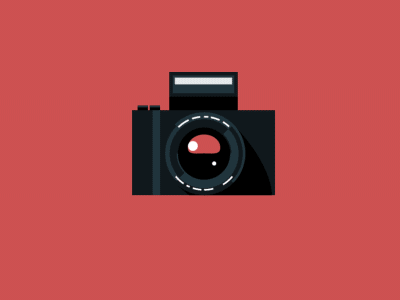
Digital cameras also offer a variety of shooting modes and settings that allow you to adjust the exposure, white balance, and other aspects of the image to get the desired result. We’ll discuss them later!
Basic parts
Almost every digital camera contains some common parts including a lens, a set of control buttons or scroll wheels, an LCD or LED display and batteries.
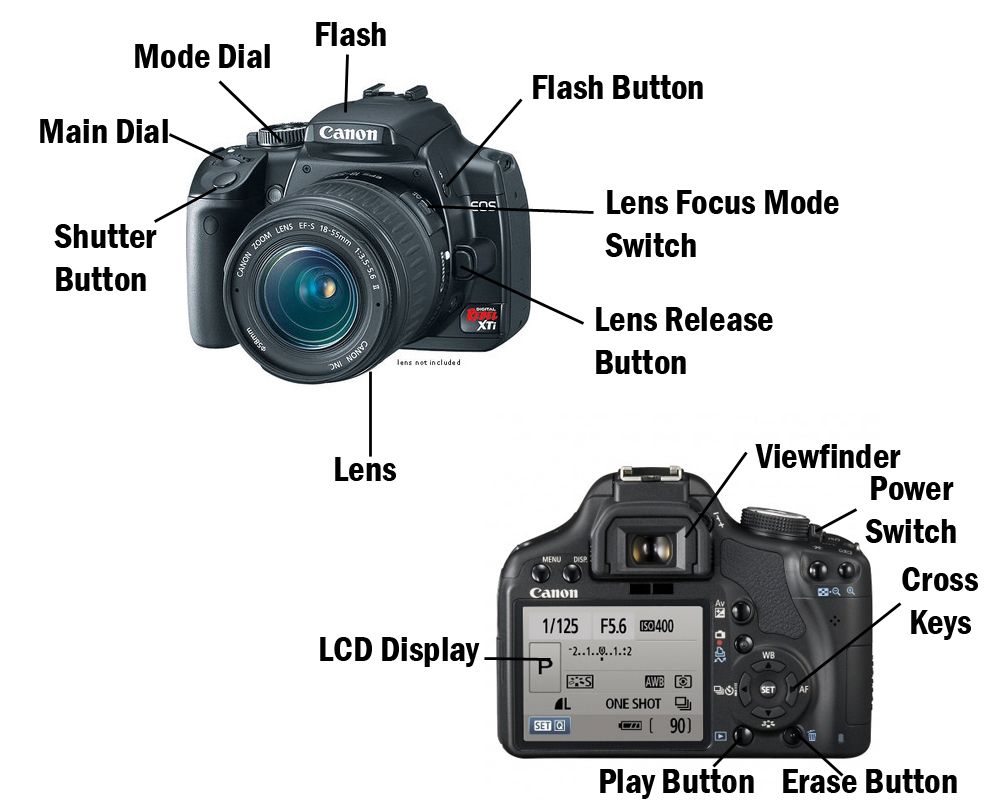
This image shows the basic parts we can see on a common DSLR type camera.
Lens
Set of optical elements(lenses) combined to give desired focal lengths and aperture sizes for photographers. Some camera types have an interchangeable lens(which can be detached from the body and replaced with another one) while others have fixed lenses.
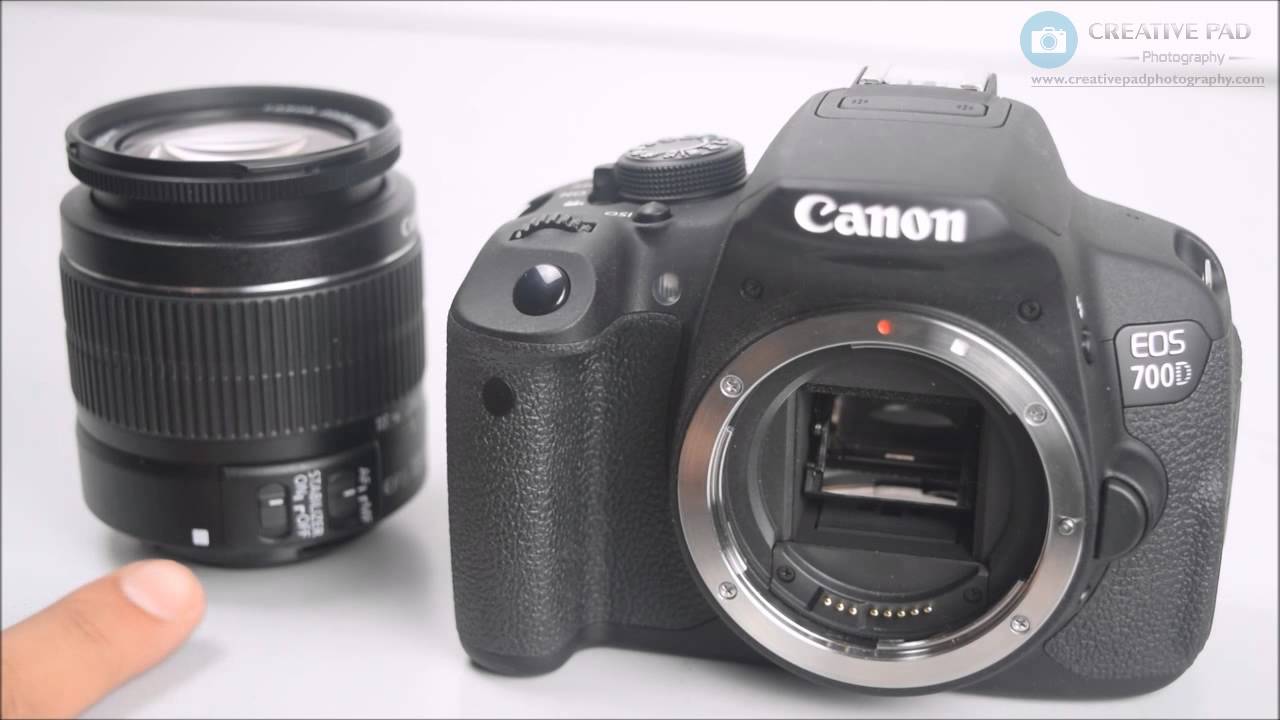
There are many different types of interchangeable lenses available,
- wide-angle lenses: have a short focal length and are often used for landscape photography or to capture a wide field of view.
- telephoto lenses: have a long focal length and are often used for sports or wildlife photography, as they allow you to zoom in and capture distant subjects.
- prime lenses: have a fixed focal length and are generally smaller and lighter than zoom lenses
Viewfinder

It’s very difficult to see a scene from an LCD in a very bright daylight environment. That’s when the viewfinder comes to help which is used to view the target scene placing an eye on this place to do focusing and settings, before taking a photo. Some camera types have an optical setup(no electronics, just mirrors, prisms and lenses) while some types have a small LCD display for this.
Image Sensor
Now this is another big topic to discuss ;)
Eye of a Digital Camera, Image Sensor!
This is the most important component of a digital camera which converts light into an electric signal.
When capturing images with a digital camera, a small shutter opens, allowing light in for a fraction of a second. When he light hits the image sensor inside the camera, it reads color, contrast and other detail using an array of tiny little pixels and converts it into electric signals.
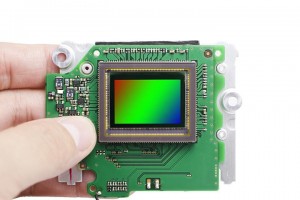

There are two major types of image sensors used in cameras as CCD(Charged Couple Device) and CMOS(Complementary Metal-Oxide Semiconductor).
A sensor houses millions of tiny light-sensitive receptors called photosites – counted as megapixels or millions of pixels.
Image quality(colors, contrast, details,..) highly depends on the physical size of the sensor. That’s why dedicated cameras (DSLR, mirrorless, bridge,..) are always better for quality images than mobile phone cameras(because phone cams have smaller sensors even if they have many megapixels).
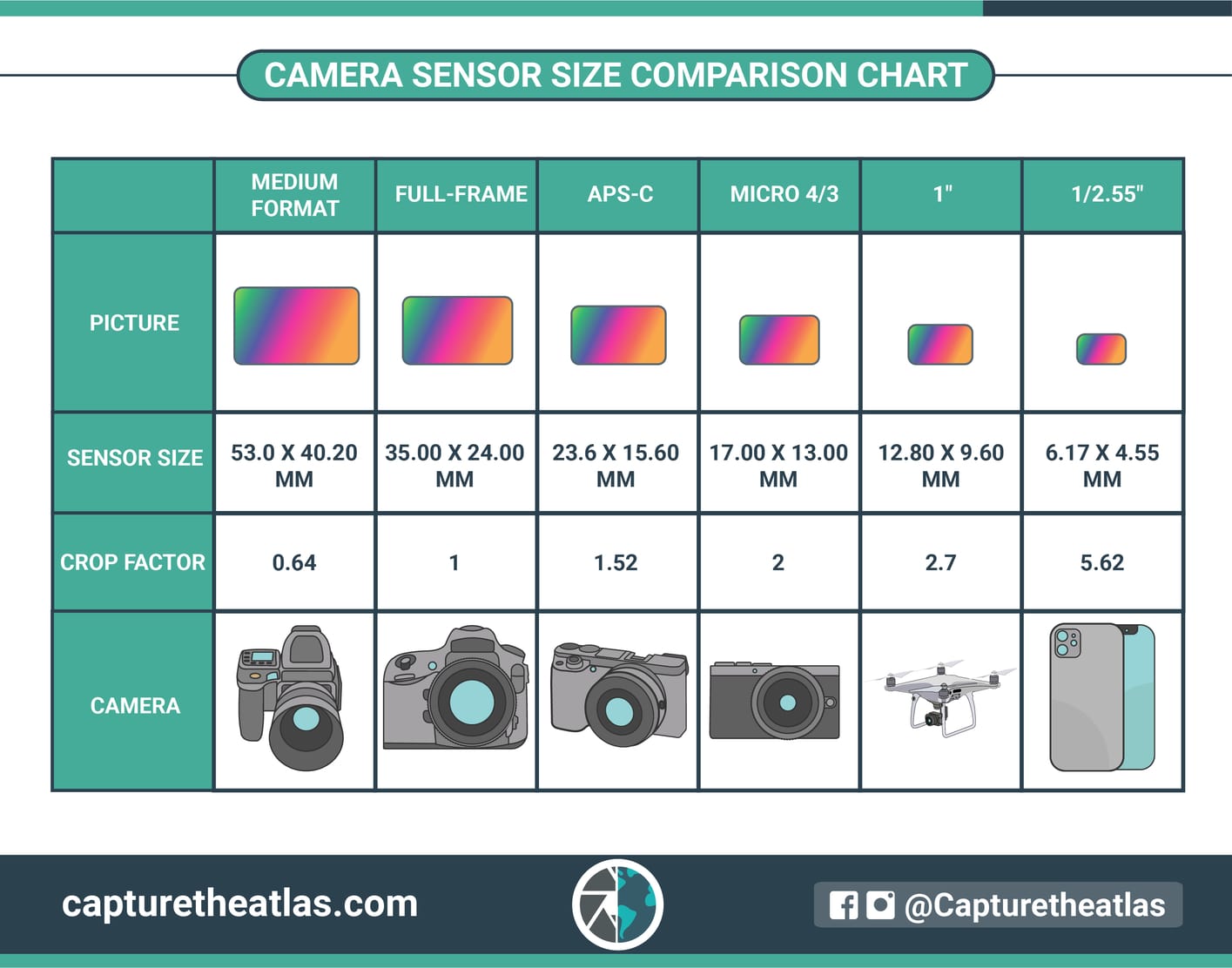
Camera Types
If you ever think of buying a camera but don’t have a clear idea to choose the best camera for your purpose, let me enlighten you with some details. Digital cameras are available in a range of sizes, from compact cameras to larger, more complex models with interchangeable lenses.
- Point and Shoot Cameras
- DSLR Cameras
- Mirrorless Cameras
- Bridge Cameras
- Camera Phones
They can be used for a variety of purposes, including casual photography, professional photography, and videography.
1. Point and Shoot Cameras
Point-and-shoot cameras, also known as compact cameras, are designed to be portable and easy to use. They are typically smaller and lighter than more advanced cameras and do not have interchangeable lenses. Often preferred by amateur photographers or those who do not want to spend a lot of time adjusting settings or changing lenses. They typically have a built-in flash and a zoom lens that can cover a range of focal lengths, from wide-angle to telephoto.
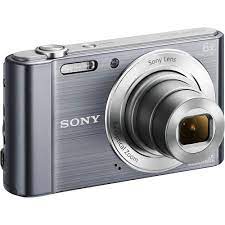
Overall, point-and-shoot cameras are a good choice for people who want a simple, portable camera for casual photography and are not interested in the more advanced features and controls of larger cameras.
2. DSLR Cameras
A DSLR (Digital Single-Lens Reflex) camera is a type of digital camera that uses a mirror system to direct light from the lens to the viewfinder, allowing the photographer to preview the composition of the photograph before taking the picture.
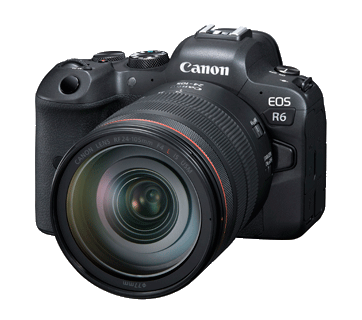
DSLRs are popular among photographers because they offer a wide range of creative control, high image quality, and fast performance. Some of the key features of DSLR cameras are as follows.
| Feature | Deatils |
|---|---|
| Interchangeable lenses | Has a removable lens mount, allowing you to swap out lenses to achieve different focal lengths, apertures, and other effects. (Usually, lenses are very expensive :D ) |
| Manual controls | Offers manual controls for exposure, white balance, focus, and other settings, giving you greater control over the final image |
| Viewfinder | Have optical viewfinders which offer a clear view of the scene even in rough daylight conditions |
| High image quality | They have larger image sensors. Therefore, produce high-quality images with good detail, dynamic range, and low noise, especially at low ISO settings |
DSLR cameras are available in a range of sizes and price points, from entry-level models to professional-grade cameras.
They are a popular choice among professional photographers and serious hobbyists.
3. Mirrorless Cameras
A mirrorless camera is the latest type of digital camera that does not have a mirror or optical viewfinder like a traditional DSLR camera. Instead, it uses an electronic viewfinder (EVF) or an LCD screen to preview the image and display the camera’s settings.
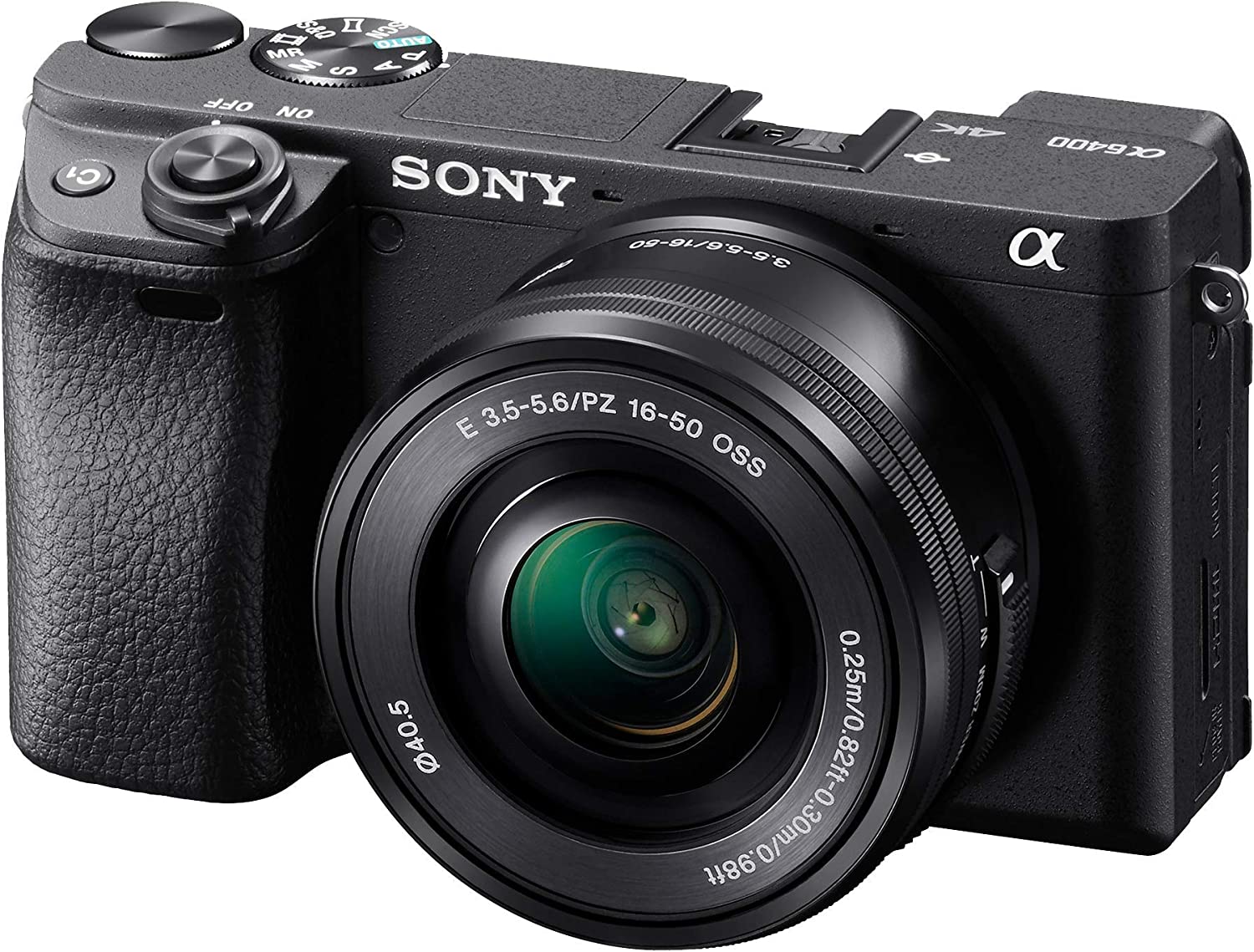
Mirrorless cameras have several advantages over DSLR cameras. They are generally smaller and lighter because they don’t have the large mirror and pentaprism required for an optical viewfinder. This makes them more portable and easier to carry around. They also tend to have faster autofocus and continuous shooting speeds because they don’t have to move a mirror(mechanicals) out of the way to take a picture. Additionally, the lack of a mirror allows for a shorter distance between the lens and the image sensor, which can result in better image quality and low-light performance.
Mirrorless cameras come in a range of sizes and prices, from high-end models with full-frame sensors and professional-level features to more affordable models with smaller sensors and more basic features. Many mirrorless cameras use interchangeable lenses, so you can choose the lens that best suits your needs.
This is the modern alternative to DSLR cameras
4. Bridge Cameras
A bridge camera is a type of digital camera that is designed to bridge the gap between point-and-shoot cameras and DSLR cameras. They are generally larger and more feature-rich than point-and-shoot cameras, but smaller and less expensive than DSLRs.
Fun Fact: Bridge cameras are usually Mirrorless
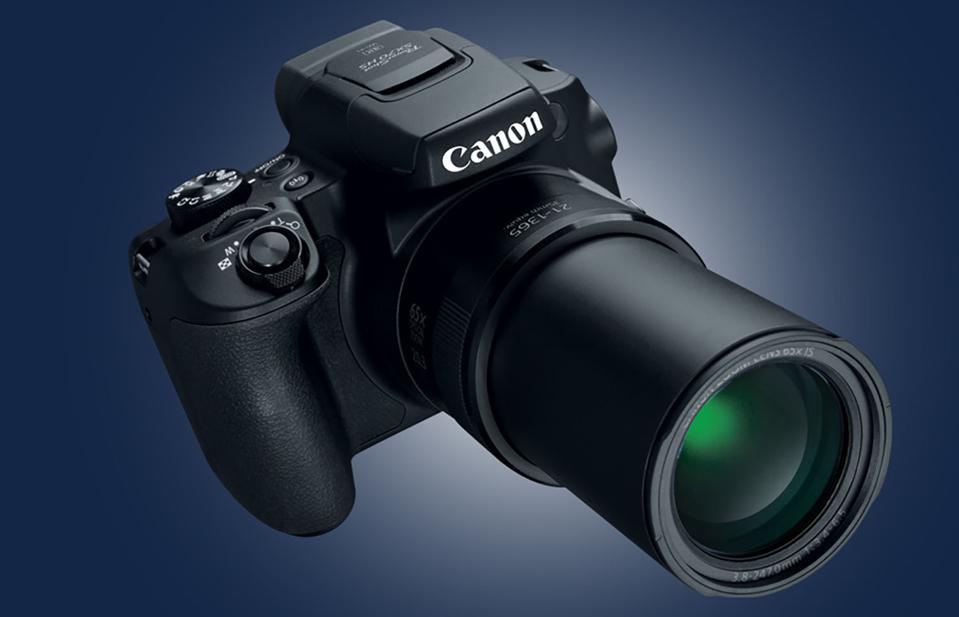
Bridge cameras typically have a long zoom lens built into the camera body, ranging from 20x to 50x or more, which allows you to get close-up shots of distant subjects without having to change lenses. They also often have manual controls and a range of advanced features, such as manual focus, raw image capture, and the ability to shoot in different shooting modes (such as aperture priority and shutter priority).
Bridge cameras are a good choice for photographers who want more control (But maybe not highly flexible like DSLRs) over their images than a point-and-shoot camera offers but don’t want to carry around the larger and more expensive equipment that comes with a DSLR. They are also a good option for travelers who want a single, versatile camera that can handle a wide range of shooting situations.
5. Camera Phones
Definitely, you all are experts for this camera type, and no need for lengthy paragraphs. Camera phones are mobile phones that have built-in cameras. Many people now rely on their camera phones as their primary camera, using them to take photos and videos for personal and professional use.

The main difference between phone cameras and the above camera types is the sensor size(Overall photo quality highly depends on this). The phone camera sensor size is relatively smaller to fit in a mobile phone.
Overall, camera phones are a convenient and versatile option for photographers of all levels. While they may not have the same level of control and image quality as a dedicated camera, they offer a convenient and easy-to-use way to capture and share photos and videos on the go.
Structure and Operation of a Digital Camera
I will explain a little about the inside of a typical DSLR camera using the below images.

Step1. Light enters the camera via the front lens(a combination of lenses) and gets reflected by a mirror(which can be tilted up and down).
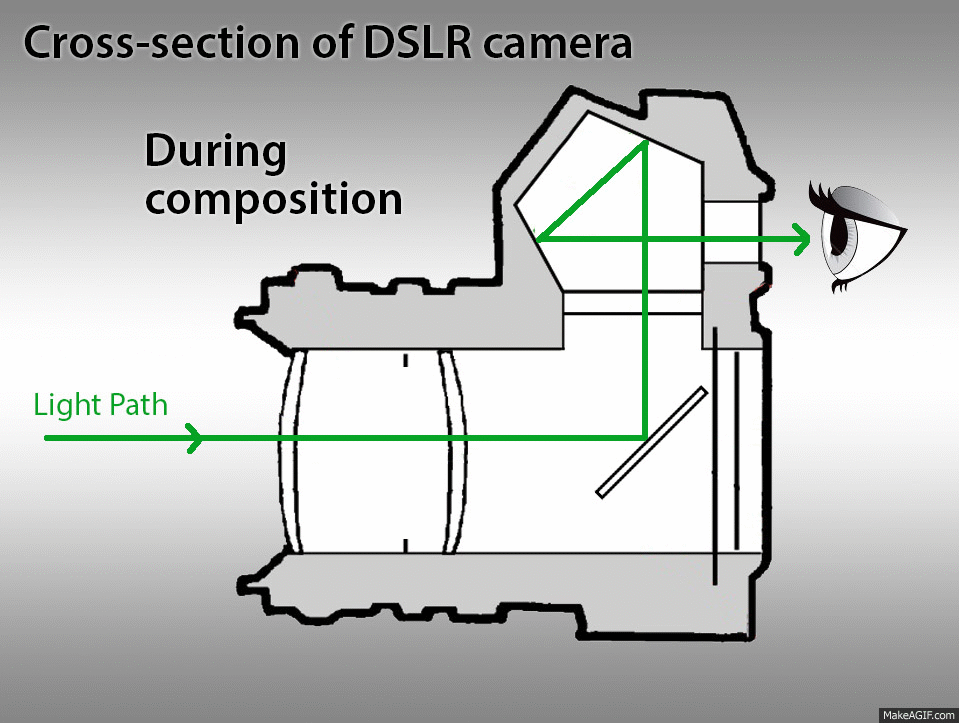
Step2. Then, the light enters a prism structure and is directed into the viewfinder at the top of the camera. This will helps the photographer to view the scene and do focusing and settings.

Step3. When the Capture button is pressed, the mirror will move upwards (mechanically) and allows the light to fall on the image sensor for a small period of time ( can be varied from minutes to a few nanoseconds) according to the shutter settings.
Step4. Then the sensor sends the digitally created image of the scene to a small computer unit inside the camera.
Step5. Voila…! After some image processing, the image will be stored in an SD memory card and can be reviewed on the LCD display…How fascinating!!
Selecting the Best Camera for You
Cameras are available in the market for different purposes(personal cameras, professional cameras, cinema cameras, camera drones, etc.) in different price ranges. So, after going through the above details of camera types, I guess, now you have some idea of the suitable camera type for you.
Let’s take a look at the summary on camera selection.
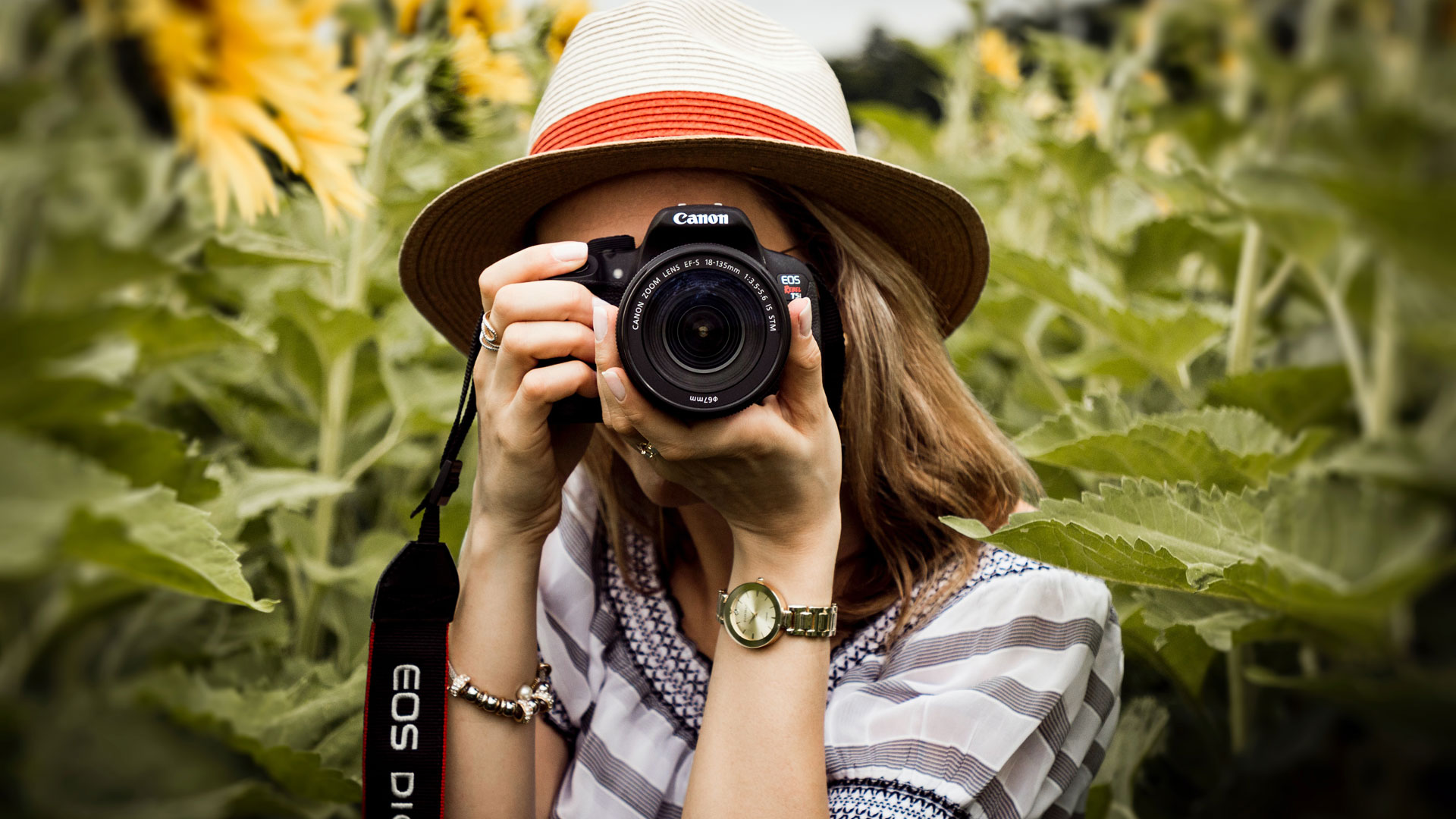
| Type | Deatils |
|---|---|
| Point-and-shoot | pros: Less expensive , Small in size |
| cons: Quality is lower than DSLR/Mirrorless/Bridge, Do not have inter | |
| Best usage: for Travel or Personal moments photography, If you are an amateur and seeking a cheap camera | |
| DSLR | pros: Excellent Quality photos, Highly customizable settings, and control, Interchangeable lens |
| cons: Expensive than others, Heavier and less portable, Difficult to use for beginners | |
| Best Usage: For professional photographers, Beginners hoping to enter the photography field, If you need more control over the settings | |
| Mirrorless | pros: Very good quality images(often the same quality as DSLRs), Lighter and more portable than DSLRs, Customizable Settings and lens are same as DSLR |
| cons: Expensive than others, extra lenses can be very expensive, Difficult to use for beginners | |
| Best Usage: For professional photographers, Beginners hoping to enter the photography field, If you need more control over the settings | |
| Bridge | pros: High-quality images( higher than point-and-shoot), Excellent zooming capability, Cheaper than DSLRs, Offers many controls like DSLR, cheaper than DSLR/mirrorless |
| cons: Less quality than DSLRs, no interchangeble lens | |
| Best Usage: Suitable for any kind of scenes:: casual, travel or wildlife photography, If you are seeking a less expensive cam but, with quality images, creative controls, and zooming | |
| Phone camera | pros: Highly portable, Easy to use,view and share images |
| cons: Generally, quality is less than other cameras, and Cannot have much control over settings | |
| Best Usage: Suitable for casual photography and easy to use for anyone |
I intended to cover the basic idea of a digital camera including the structure and composition of a camera, camera types, operation of taking a photo, and how to choose the most suitable camera for your need if you did not have an idea about camera types.
So, I hope you had an informative and awesome time reading this article. Do not hesitate to comment below your ideas regarding the content or any mistakes I’ve made within the article. Have a great time with your cameras!! :D



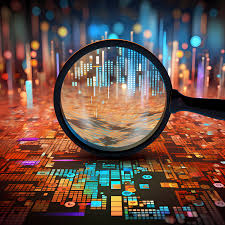
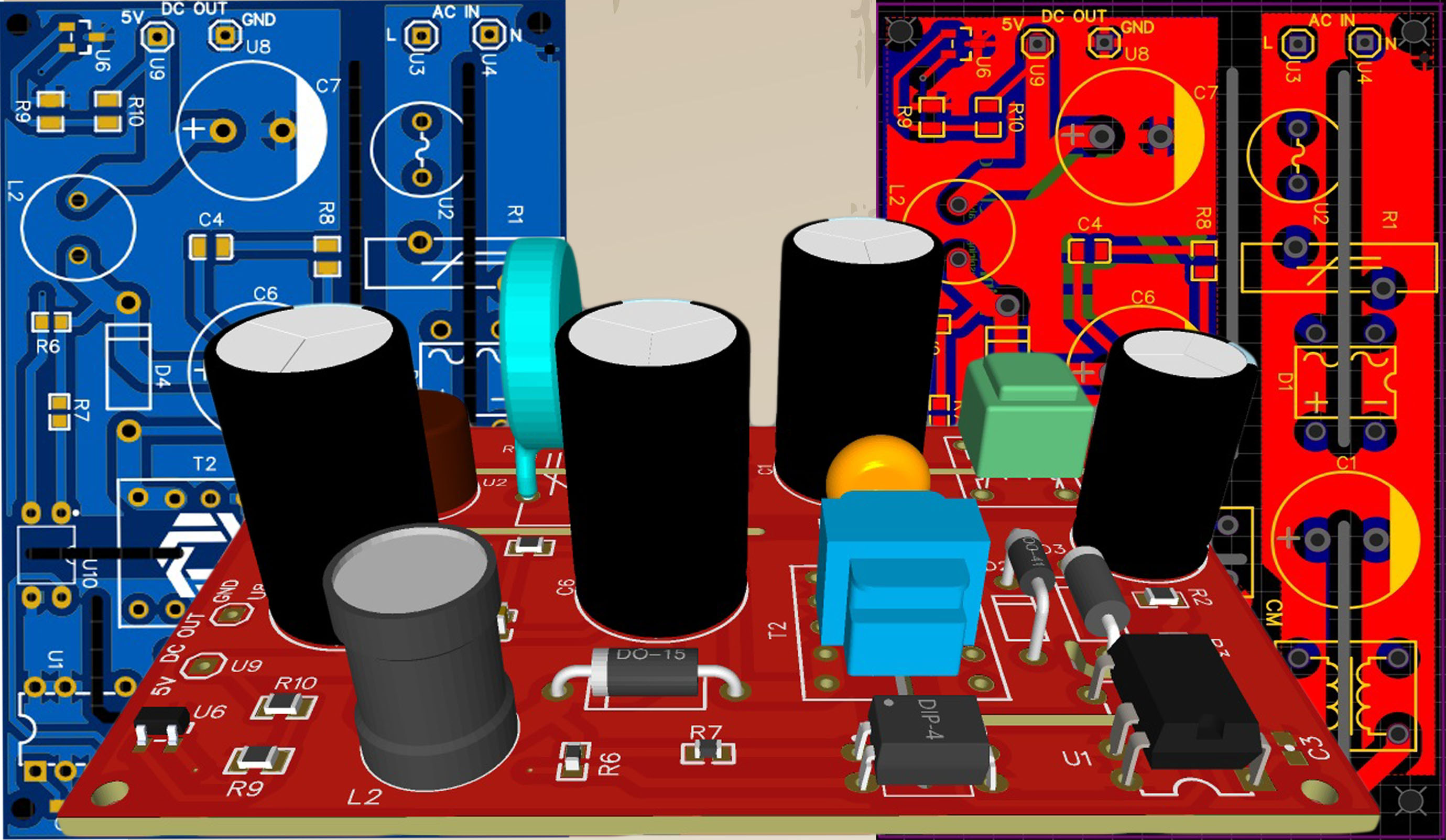
Leave a comment